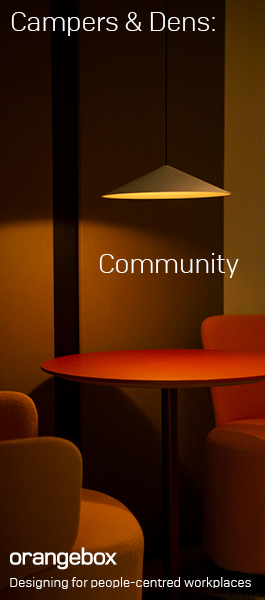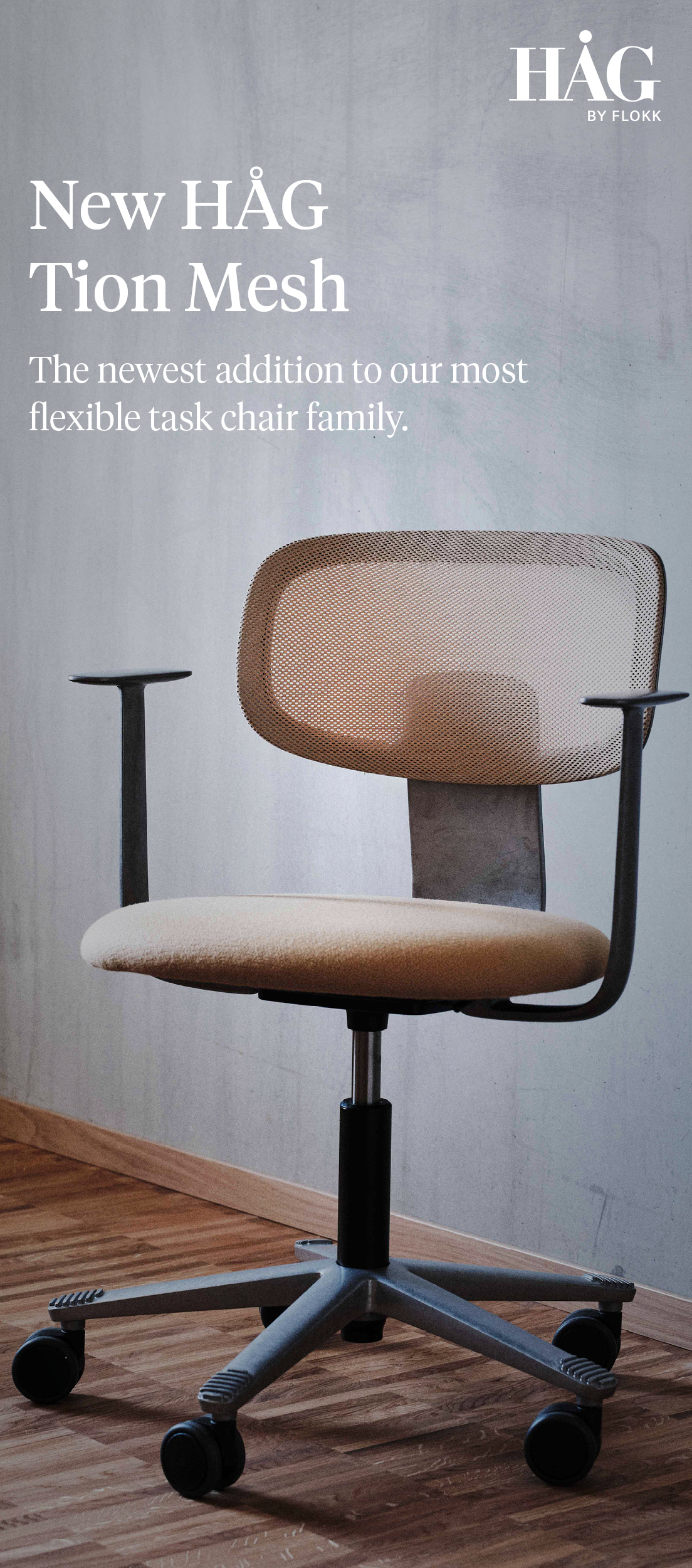January 9, 2018
SMEs employers’ recruitment strategies have altered as a result of Brexit
 Half of SMEs (50 percent) questioned in a new survey have changed the way that they recruit their staff as a result of Brexit. The Albion Growth Report 2017 of more than 1,000 SMEs suggests that for businesses which have changed their strategy as a result of Brexit, 15 percent have decreased recruitment resources, 10 percent have begun recruiting in different ways and 9 percent have made redundancies. A difficulty in finding skilled staff is one of the biggest barriers to growth, behind broader political uncertainty and cash flow, which the research claims could lead to a potential war for talent which is likely to become more intense in the post-Brexit environment. By contrast, SMEs view difficulty in finding unskilled staff as the least significant barrier to growth. The report finds that nearly two thirds (65 percent) of SMEs believe their business lacks expertise. More than a quarter (26 percent) of businesses lack marketing talent, followed by business planning (19 percent), IT (17 percent), and software developers and technology specialists (17 percent). Despite critical skills deficits, only a third of SMEs (33 percent) are currently hiring new employees.
Half of SMEs (50 percent) questioned in a new survey have changed the way that they recruit their staff as a result of Brexit. The Albion Growth Report 2017 of more than 1,000 SMEs suggests that for businesses which have changed their strategy as a result of Brexit, 15 percent have decreased recruitment resources, 10 percent have begun recruiting in different ways and 9 percent have made redundancies. A difficulty in finding skilled staff is one of the biggest barriers to growth, behind broader political uncertainty and cash flow, which the research claims could lead to a potential war for talent which is likely to become more intense in the post-Brexit environment. By contrast, SMEs view difficulty in finding unskilled staff as the least significant barrier to growth. The report finds that nearly two thirds (65 percent) of SMEs believe their business lacks expertise. More than a quarter (26 percent) of businesses lack marketing talent, followed by business planning (19 percent), IT (17 percent), and software developers and technology specialists (17 percent). Despite critical skills deficits, only a third of SMEs (33 percent) are currently hiring new employees.










 There has been a rise in the number of people who believe businesses in the UK have a good reputation, with a significant number of younger people helping to create this positive picture. The research, comparing perceptions of businesses between May and November 2017, reveals 2 in 3 people think UK businesses have a good reputation, up 7 percent in 6 months. The tracker, conducted by the CBI in partnership with global PR agency, Porter Novelli, and research company, Opinium, revealed that the public are more aware of the value business provides in local communities with an increasingly vocal business community emerging in recent months. Importantly, the improvement in business reputation has largely been driven by young people and those in work, with a significant 15 percent rise in positive views among 18-34 year olds. This reinforces the view that younger people are more engaged in the debate about the UK’s future, with the Brexit negotiations and a sharper political debate intensifying the focus on jobs and the economy.
There has been a rise in the number of people who believe businesses in the UK have a good reputation, with a significant number of younger people helping to create this positive picture. The research, comparing perceptions of businesses between May and November 2017, reveals 2 in 3 people think UK businesses have a good reputation, up 7 percent in 6 months. The tracker, conducted by the CBI in partnership with global PR agency, Porter Novelli, and research company, Opinium, revealed that the public are more aware of the value business provides in local communities with an increasingly vocal business community emerging in recent months. Importantly, the improvement in business reputation has largely been driven by young people and those in work, with a significant 15 percent rise in positive views among 18-34 year olds. This reinforces the view that younger people are more engaged in the debate about the UK’s future, with the Brexit negotiations and a sharper political debate intensifying the focus on jobs and the economy.





 Over half of the workforce (57 percent) of employees admit to officially downing tools today (Monday 18 December) as the festive period gets well and truly underway, claims new research by Peakon. The HR analytics firm’s survey of more than 2,000 people reveals that, as Christmas creeps ever closer, employees admit to a whole raft of distractions from their everyday work duties. Two in five people (42 percent) confess to clocking off to Christmas shop online, a third (35 percent) say they’re planning Christmas day and almost one in three (30 percent) are planning their Christmas break instead. One in six (16 percent) confess to indulging in the odd Christmas tipple on the job – with men twice as likely to take advantage of a festive drink than women (22 percent and 11 percent respectively). 17 percent of those surveyed leave work earlier than usual, and one in 10 (12 percent) take longer lunches. A small percentage (4 percent) confess to calling in sick. But offering staff more flexible hours for shopping and Christmas prep would help maintain performance.
Over half of the workforce (57 percent) of employees admit to officially downing tools today (Monday 18 December) as the festive period gets well and truly underway, claims new research by Peakon. The HR analytics firm’s survey of more than 2,000 people reveals that, as Christmas creeps ever closer, employees admit to a whole raft of distractions from their everyday work duties. Two in five people (42 percent) confess to clocking off to Christmas shop online, a third (35 percent) say they’re planning Christmas day and almost one in three (30 percent) are planning their Christmas break instead. One in six (16 percent) confess to indulging in the odd Christmas tipple on the job – with men twice as likely to take advantage of a festive drink than women (22 percent and 11 percent respectively). 17 percent of those surveyed leave work earlier than usual, and one in 10 (12 percent) take longer lunches. A small percentage (4 percent) confess to calling in sick. But offering staff more flexible hours for shopping and Christmas prep would help maintain performance.








December 22, 2017
Five employment law milestones from the past year we need to remember in 2018
by Lucy Gordon • Comment, Workplace
The past twelve months have been an eventful period for employment law; from the uncertainty surrounding Brexit and the rights of EU Nationals working in the UK, to the mounting attention on employee data protection as the GDPR edges ever closer. Issues of Employment Tribunal fees, holiday pay and the gig economy have similarly captivated headlines, and these significant milestones from the past 12 months are set to have a big impact on the challenges facing the sector into 2018. (more…)